Taser Trouble: Is EID Technology a Crutch for Law Enforcement?
Taser Trouble: Is EID Technology a Crutch for Law Enforcement?
A Smith & Wesson .38 revolver and a pair of handcuffs were typically the only things carried on a police officer’s duty belt when the first Taser was being developed. Now a Taser is typically just one of seemingly dozens of gadgets hanging off a cop’s Sam Browne.
The Taser has earned a place on that belt due to its ability to quickly subdue combative criminals, while reducing the number of injuries and deaths to officers and suspects.
But, has the Taser been so successful that it has become a crutch for law enforcement officers? Are officers using the Taser when other force options are more appropriate?
What Is a Taser?
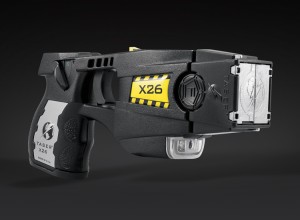 Taser is actually a company, not a model of product. TASER International was founded in 1993 and can trace its roots back to the late 60’s. Based in Scottsdale, AZ, they are the largest manufacturer of electromuscular incapacitation device (EID) weapons on the market.
Taser is actually a company, not a model of product. TASER International was founded in 1993 and can trace its roots back to the late 60’s. Based in Scottsdale, AZ, they are the largest manufacturer of electromuscular incapacitation device (EID) weapons on the market.
Taser manufactures a variety of EID weapons including handgun-shaped devices and sabots deployed from shotguns. Probably the most common Taser model in police use is the X26, a one-shot, handheld unit typically carried in a belt holster.
The X26 and similar models work by launching two darts from a cartridge, out and away from each other at a slight angle. In ideal conditions, the darts pierce the skin of the suspect and a “shaped” electrical pulse flows through the wires, with the body of the suspect completing the circuit. As the electricity flows through the circuit, the muscles of the body react, typically locking out and becoming useless to the suspect.
The maximum range of a Taser varies depending on the cartridge used. Typical ranges are 21 to 25 feet. According to TASER International, EIDs have been used on humans more than 2 million times, with a little more than 1/2 of the times in training.
Taser as a Use of Force
The Taser is typically found in department use of force continuums somewhere below lethal force. Depending on the department, the use of a Taser may be very restricted, sometimes to the point of rendering the tool useless. Other agencies give officers greater latitude in deciding when to use the Taser.
When properly used, Tasers can reduce the numbers of injuries to both suspects and officers. A US Department of Justice report indicates that the use of a Taser reduced injuries by 60% when compared to other intermediate weapons. The company estimates that 5.4% of Taser uses prevent the use of deadly force by officers.
In my own jurisdiction, there is a consortium of mental health providers who have unequivocally endorsed the law enforcement use of Tasers. They strongly support the use of EIDs due to the greater ability of law enforcement to end violent encounters without resorting to deadly force.
I know that I have been on many scenes where the use of a Taser allowed officers to take a violent subject into custody without injury to anyone. Without a Taser, there would have likely been hospital or morgue trips on some of those calls.
Too Much of a Good Thing?
The problem with the Taser is its strong point: it works very well. Of course, I shouldn’t blame the problem on the tool. Rather, I should look at the users.
I’ve actually heard newer officers say that they won’t ever have to fight with subjects because they will just “Tase them.” They treat the Taser like a Star Trek phaser set to stun.
The problem is EIDs don’t work all the time. Sometimes they fail. Sometimes, due to distances, they are not a good choice. Sometimes a suspect will rush you without giving you a chance to pull out your Taser.
Tasers vs. Deadly Force
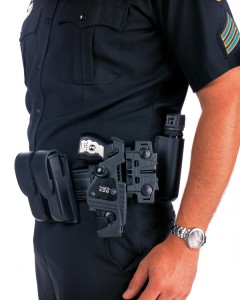 It appears that police officers are relying so much on the Taser that even in obvious lethal force encounters, the Taser is being used instead of a firearm.
It appears that police officers are relying so much on the Taser that even in obvious lethal force encounters, the Taser is being used instead of a firearm.
I offer several cases:
In a rural Florida county, a deputy sheriff responded to a complaint about an emotionally disturbed man with a knife. The deputy, who was alone when he confronted the armed subject, deployed a Taser, which was ineffective.
The armed man then attacked the deputy, stabbing him several times. The deputy shot and killed the subject, avoiding death himself due to the knife being stopped by the deputy’s body armor.
In a Tennessee case, officers responded to a robbery in progress and were fired on by the suspect as he exited the building. One of the officers was hit.
As the suspect fled on foot, a responding sergeant struck the suspect with his car. The sergeant exited the vehicle, and deployed his Taser. It is believed the sergeant saw the suspect’s gun laying in the road, away from the suspect.
The Taser failed to incapacitate the suspect. The suspect pulled out a second gun and killed the sergeant.
In both of these cases, the law enforcement officers were clearly faced with deadly force situations. In the first, the deputy was alone and confronting an emotionally disturbed person who was agitated and armed with a knife. The deputy did not have a cover officer on scene.
In the second incident, we can only assume the sergeant believed the man was unarmed because one of the suspects firearms was laying some distance away. A Taser is a completely inappropriate tool in this scenario for the reasons clearly seen in hindsight.
The suspect was still in the commission of multiple violent felonies and continued to present a threat to officers and the public. The only correct response for a single officer confronting the subject is deadly force.
As with the first incident, the sergeant was acting alone, without a back up officer readily available.
Tasers Are Just One Tool
Tasers are not magic weapons that work all the time on every suspect. I have seen EIDs fail due to battery problems or the probes not making contact with the suspect. I also know of several cases (beyond the ones mentioned above) where the suspect was simply unaffected by the Taser.
The Taser is a good tool, but it is simply one more weapon we carry on out belts to help us deal with violent encounters. Use it when appropriate, but only when it is the reasonable choice.
In the above examples, a Taser may have been a good tool if other officers were on scene to provide cover with firearms. But in the circumstances illustrated, the Taser was a poor choice.
Do not neglect your “hands on” pepper spray and baton skills. Do not use a Taser when deadly force is called for and don’t use your Taser as a crutch.
Stay safe!
Richard is a Police Officer with a mid-sized department in the Tampa Bay area and also publishes the police training site, BlueSheepdog.com






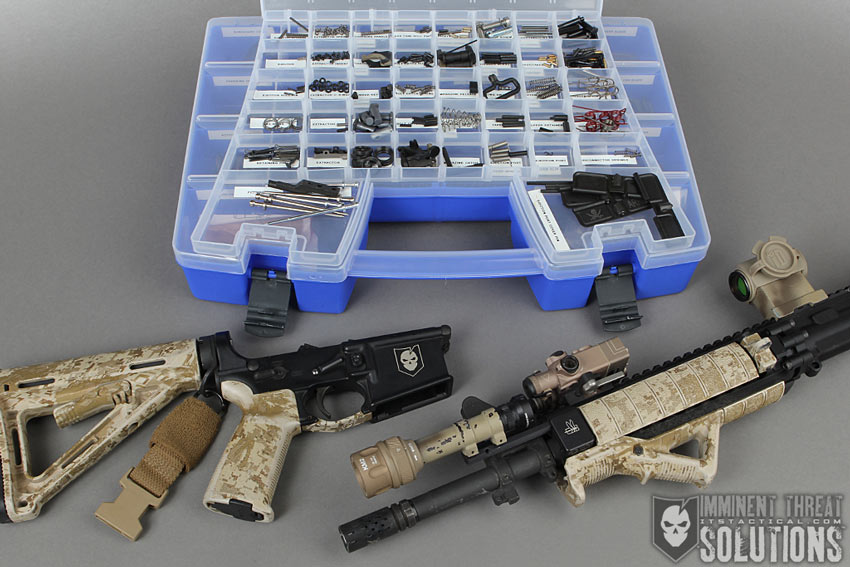
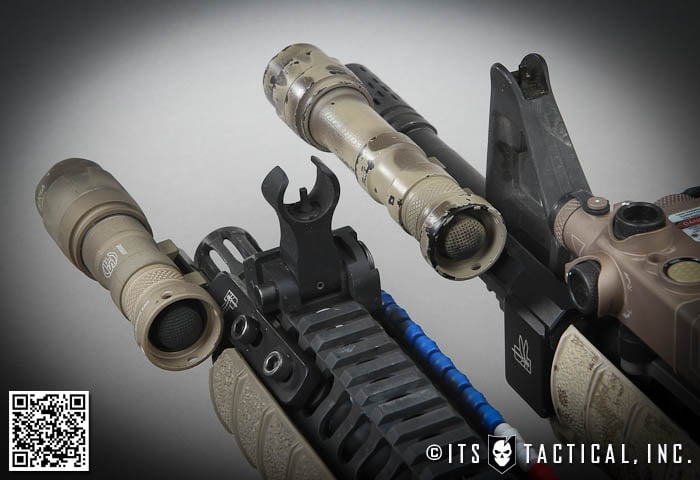
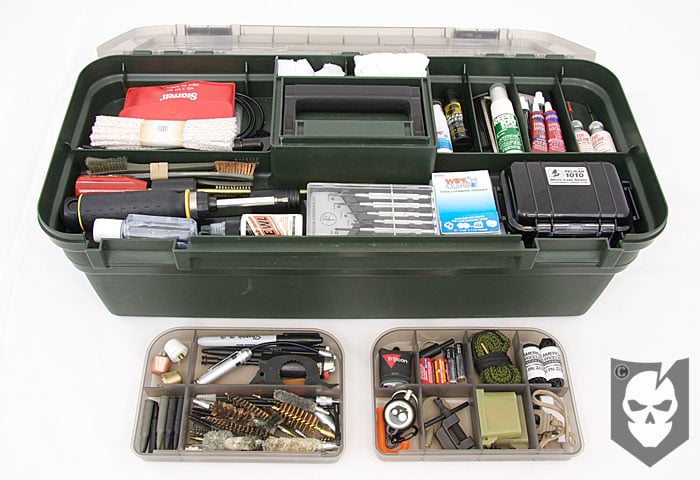
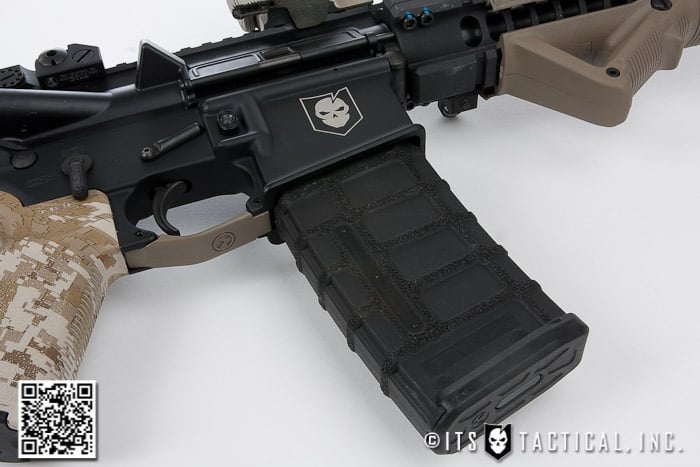

Discussion